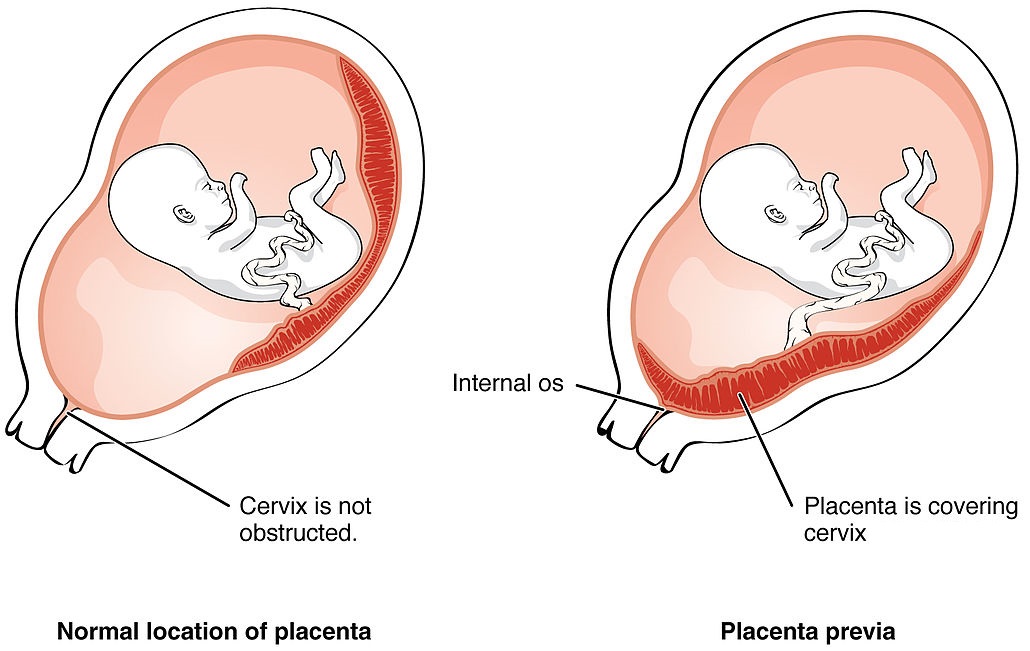Postpartum hemorrhage (PPH) is one of the leading causes of maternal mortality across India. The majority of women, who experience PPH complications have no identifiable clinical or historical risk factors. It has been observed that the condition gets aggravated by pre-existing anemia, when the loss of a smaller volume of blood may result in adverse clinical sequelae.
Dr. Malvika Sabharwal, Chief- Department of Gynaecology & Obstetrics, Jeewan Mala & Apollo Spectra Hospitals said that PPH is a largely preventable and manageable condition. Anticipation, preparedness, taking prophylactic measures, and vigilance for PPH are the cornerstones of PPH prevention. Anticipation involves knowing the risk factors which can cause PPH. The preparedness involves PPH trolley in labour room, which should have everything required for management of bleeding patient. Training of labour room staff for estimation of blood loss and PPH Drill is pivotal. Active management of third stage of labour (AMTSL) is essential and includes Uterotonics at anterior shoulder delivery or immediately after the delivery of baby, preferably within one minute after birth, Delayed cord clamping and controlled cord traction (CCT) to deliver the placenta and Uterine massage after delivery of placenta to keep the uterus contracted. The patient should be observed for blood loss by visual inspection and vital monitoring over the next hour, with assessment of uterine tone and size at least every 15 minutes. Early breastfeeding should be done as it promotes endogenous oxytocin release,” said Dr Malvika.
Bharat Serums and Vaccines Limited (BSV), which is a leader in women healthcare products and solutions, has also unveiled a new women’s health product “Carbetocin”. It’s an injectable drug which is currently recommended for prevention of Postpartum hemorrhage.
According to a report from WHO, it suggests that 25 percent of maternal deaths are due to PPH. In India, PPH, which is exacerbated by widespread anaemia among pregnant women, accounts for 38 percent of maternal deaths. As per the Sample Registration System (SRS) report by Registrar General of India(RGI), Maternal Mortality Ratio (MMR) of India has reduced from 130 per 100,000 live births in SRS 2014-16 to 122 in SRS 2015-17 and to 113 per 100,000 live births in SRS 2016-18.
The condition of PPH occurs when there is a blood loss of 500 ml or more within 24 hours after delivery. PPH could be severe when the blood loss is of 1000 ml or more within the same time frame. In practice, blood loss after delivery is seldom measured and it is not clear whether measuring blood loss improves the care and outcome for the women. In addition, some women may require interventions to manage PPH with less blood loss than others if they are anemic.
“Uterine atony is the most common cause of PPH and consequently the leading cause of maternal mortality worldwide. A combination of quality antenatal care, skilled care at birth by active management of third stage of labour, the availability of high-quality emergency obstetric care (with trained medical personnel and adequate infrastructure) and improved access to these services are essential to save many maternal lives,” she added.
Citing some of the potential risk factors for postpartum hemorrhage, Dr Malvika added, “Lack of awareness among community, continued preference for home deliveries, lack of skilled birth attendants, transportation facilities, health care providers not having the appropriate skill mix, and equipment and supplies for provision of emergency obstetric care,are all responsible for maternal mortality and morbidity due to PPH.”





